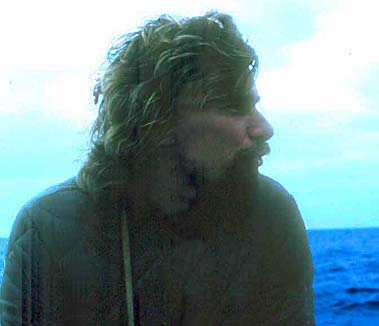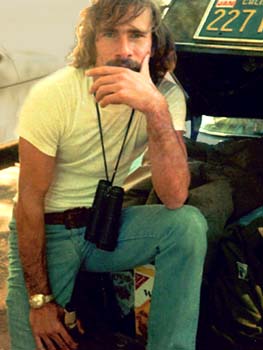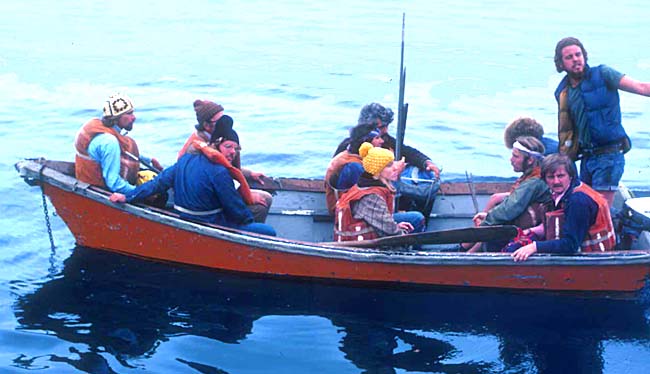 Lee
Jones was an active southern California birder during the late '60s and
'70s. I remember running into Lee during my first trip to Morongo Valley
in March 1972, and he was already a well established name in the birding
world by then. He was probably the first 'big-name' southern California
birder that I met. He was collecting Phainopepla eggs for Charles Sibley's
studies of egg-white proteins and their potential for clarifying taxonomic
relationships. Lee
Jones was an active southern California birder during the late '60s and
'70s. I remember running into Lee during my first trip to Morongo Valley
in March 1972, and he was already a well established name in the birding
world by then. He was probably the first 'big-name' southern California
birder that I met. He was collecting Phainopepla eggs for Charles Sibley's
studies of egg-white proteins and their potential for clarifying taxonomic
relationships.
By the time I met him, Lee had already discovered California's first Whip-poor-will (Jones 1971a) and Neotropic Cormorant (then called "Olivaceous Cormorant; Jones 1971b). He was one of the first hardcore birders to spend considerable time on the Channel Islands, off southern California, and to document their importance as vagrant traps in migration. His master thesis at UCLA was on the status and distribution of birds on Santa Catalina Island (Jones 1974). In the late 1970s and early 1080s, Lee completed two full terms (6 years) on the California Bird Records Committee, and he also spear-headed the first major upgrade to the published WFO checklist (Jones et al. 1981). He pioneered some of the first uses of four-letter codes for banding and field notes (see, for example, Jones 1980, 1992). Photo (above) aboard the Paisaino enroute to Santa
Barbara I., 20 Sep 1974 © D. Roberson
|
|
 It
is probably fair to say that Lee danced to the beat of a somewhat different
drummer than many California birders, and was never part of the "drive
to Death Valley today, head to Arcata tomorrow" social crowd. He worked
professionally as a biological consultant in the 1980s, but often with
different organizations than other State birders. For a time in the early
1980s, he lived in an alternative community in a remote canyon in Riverside
County. It
is probably fair to say that Lee danced to the beat of a somewhat different
drummer than many California birders, and was never part of the "drive
to Death Valley today, head to Arcata tomorrow" social crowd. He worked
professionally as a biological consultant in the 1980s, but often with
different organizations than other State birders. For a time in the early
1980s, he lived in an alternative community in a remote canyon in Riverside
County.
I admit to losing track of Lee's whereabouts until recently. Lee is now serving as as North American Birds' Regional Editor for Central America, with an address in Belize. How he got there, I haven't a clue . . . [but it sounds pretty much like a tropical paradise]. Photo (right) ~ 1976 © Barry Clark |
|

|
|

Official Bird Name: Horned Puffin
Selected publications 1971-1989:
|